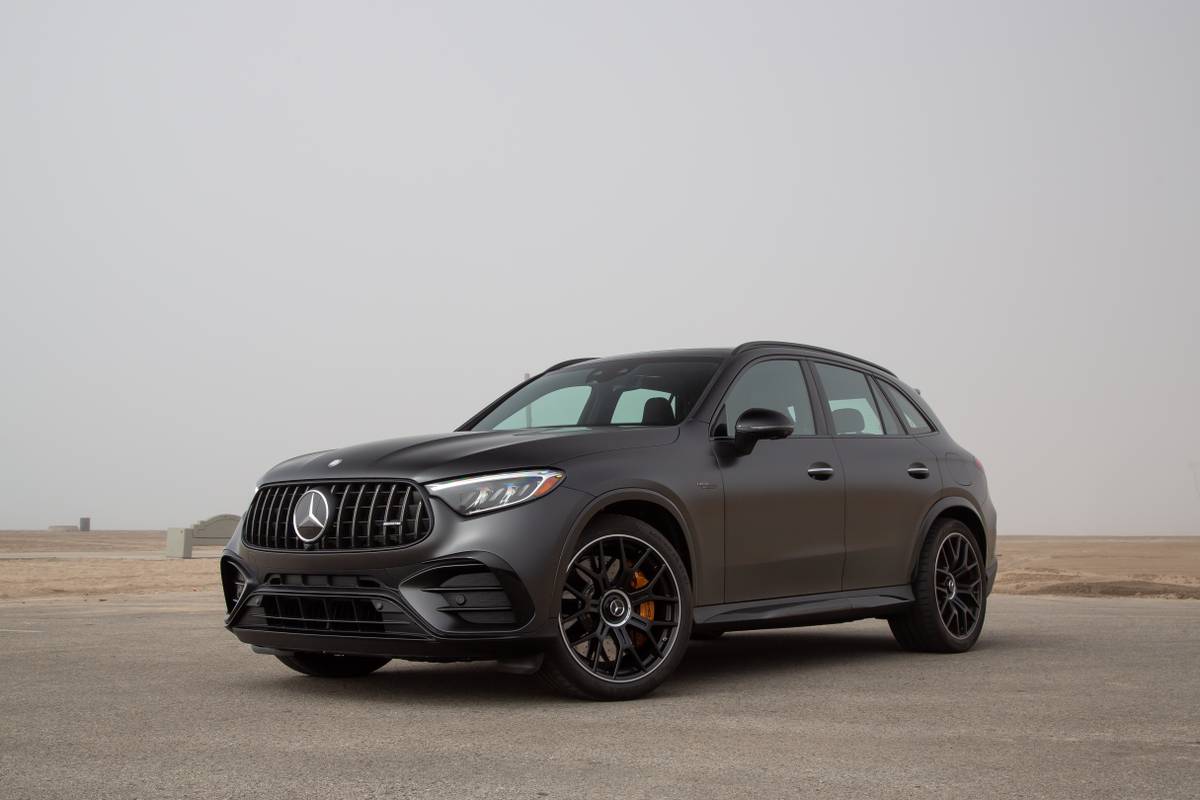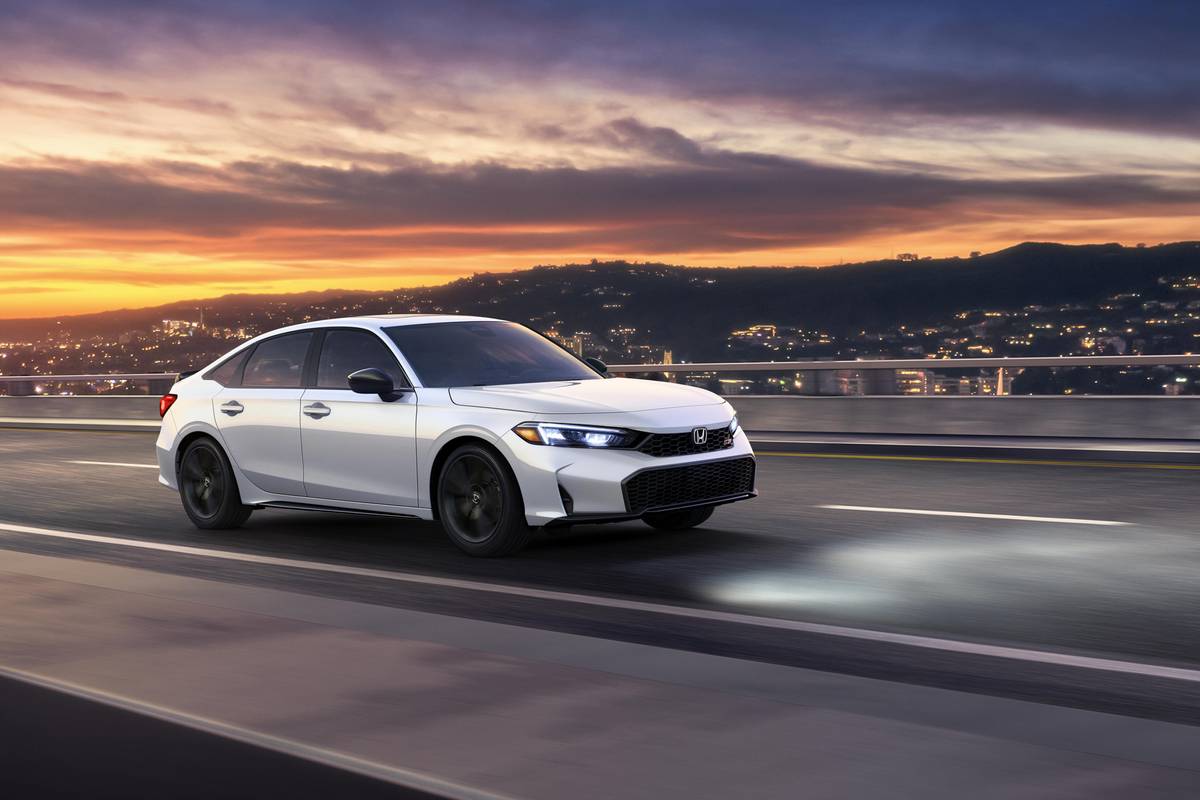Orlando Sentinel's view
We waited a long time for the Mitsubishi Lancer Evolution, or Evo for short. The Evo debuted in Japan in 1992, and a year later, it was competing in the World Rally Championship in Europe. But it was 2003 before the Evo came stateside.
Then, as now, there wasn’t a lot of good news to celebrate at Mitsubishi, which has had a few rough years in the United States. The company continues to fight, continues to build good vehicles, but one thing hasn’t changed: Pound for pound, dollar for dollar, the Mitsubishi Evo is one of the world’s great cars.
The little 2.0-liter four-cylinder engine pumps out a sobering 286 horsepower, delivering it to all four wheels. At a glance, the Evo just looks like a dressed-up Lancer, which, in base trim, also has a 2.0-liter four-cylinder with 120 horsepower. There’s the pretty, slightly upmarket Lancer O-Z and the 162-horsepower Lancer Ralliart, both capitalizing on the flash of the Evo. But performance devotees know the difference — that the Evo is the serious model.
And the Evo MR, which stands for Mitsubishi Racing, is the most serious Evo model to reach America.
All Evos are all-wheel drive, and all have name-brand performance equipment, such as Brembo brakes, Bilstein shock absorbers, Recaro seats, a Momo steering wheel, a set of P235/45ZR17 Yokohama radials and either Enkei or BBS wheels — stuff that well-heeled gearheads would be likely to add to their cars after they leave the showroom.
The test car was an MR, the most expensive of the three Evo models. The RS emerges as the bargain of the trio: At a base price of $28,679, you get the same 286-horsepower engine as the other two versions, with a five-speed manual transmission it shares with the midlevel IX model. The RS lacks some items such as fog lights, aluminum pedals, an illuminated ignition switch and power locks, but nothing you couldn’t do without. The IX is essentially a more luxurious version of the RS, starting at $31,399.
The MR is the full-house model. Though the price starts at $35,189, you are required to buy a couple of packages that add various spoilers, wheel locks, more gauges, an upgraded shift knob and emergency brake handle, plus some too-trendy “vortex generators” that look like shark’s teeth set just above the rear window.
Certainly the most valuable addition with the MR model is a six-speed manual transmission, instead of the standard five-speed. This extra gear really helps maximize the breathtaking potential of this tiny engine.
It also puts the Evolution MR a little closer to its sworn enemy, the Subaru Impreza WRX STi. The Subaru has a 300-horsepower, 2.5-liter four-cylinder, a six-speed manual transmission, and gets the same fuel mileage rating as the MR: 18 mpg in the city, 24 mpg on the highway. The STi lists for $33,620, compared with the MR’s total sticker of $36,894.
Both are all-wheel drive; both handle, stop and go like the civilian race cars they are, and either will get you respect at the cast reunion for The Fast and the Furious. A couple of years ago, I preferred the Mitsubishi Evo over the Subaru WRX STi, because in daily driving, the Mitsubishi seemed calmer, less frantic. But the last STi that I tested suggests that Subaru somehow tamed the car’s ragged temper, while leaving its astounding performance intact.
This pair of little fire-breathers is more evenly matched now than ever before. I prefer the Mitsubishi’s styling and the Subaru’s price.
Otherwise, it’s a tossup.
Sentinel Automotive Editor Steven Cole Smithcan be reached at scsmith@orlandosentinel.com or 407-420-5699.
Latest news



